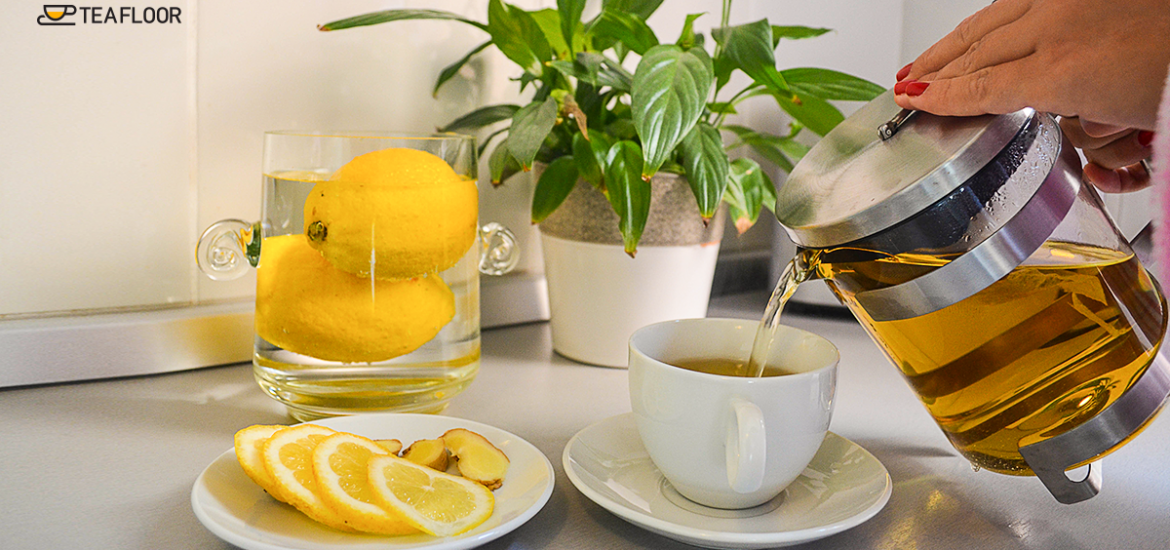Functional food diet is a food diet with positive health effects that extend beyond their nutritional value. All foods are functional to some extent because all foods provide taste, aroma and nutritive value. However, foods which provide added physiological benefits, which may reduce chronic disease risk, called the functional foods are of great interest globally for health optimization.
Some of the foods that have been identified, through research, as possessing the ability to help reduce the risk of chronic diseases are:
Oats, soy, psyllium fibre, fatty fish, cranberry juice, green tea, garlic, probiotics and prebiotics, fermented dairy products, green leafy vegetables and tomatoes to name a few.
The physiologically active compounds in these foods, which have the capability to reduce the risk of chronic diseases, are called the bioactive factors.
How is Green tea a Functional Food and what are its bioactive agents?
Green tea or the freshly harvested, least processed and non-fermented leaves of the plant Camellia sinensis, can be considered as a functional food because of its proven properties, it is anti-oxidant, anti-microbial, antifungal, cancer preventive, cardio-protective. The health benefits of green tea are mainly due to the presence of high levels of the bioactive compounds, the polyphenols especially flavanol catechins. The main catechins in green tea are epicatechin (EC), epicatechin-3-gallate (ECG), epigallocatechin (EGC) and epigallocatechin-3-gallate (EGCG). Green tea also contains vitamins and minerals such as ascorbic acid, riboflavin, niacin, folic acid, magnesium, potassium, manganese and fluoride.
Studies have shown that the polyphenol concentration of green tea is much more than that of black tea, which is approximately 30-40% as compared to 3-10% in black tea. This results in higher anti-oxidant activity as compared to black tea.
Polyphenols, the bioactive agents of green tea are strong anti-oxidants and free-radical scavengers. Also, these are soluble in water. Therefore, steeping the tea leaves in hot water just before boiling, for 3-4 minutes releases the health promoting compounds.
This extract helps in detoxification, that is removal of disease-causing harmful toxins from the body, as so provides protection against many chronic diseases.
Method of preparation:
• Heat water up to just before boiling point.
• Steep green tea leaves in hot water for 3-4 minutes.
• Strain and consume hot.
• Lemon juice and honey can also be added for increased benefit and absorption.
Do not add milk as milk reduces the absorption of the polyphenols, the beneficial compounds and thus reduces its effectiveness.
Used leaves can be ground into a paste and applied to skin for improving its tone and removing blemishes. The concoction and past both can be used as a face wash, face pack, for acne, and also for skin rashes and burns.
Green tea is these days available with the addition of many herbs and the regular kitchen spices. These add to its health promoting aspects. Herbs like ashwagandha, lavender, saffron and turmeric are added to improve its anxiolytic properties. Ginger, turmeric, tulsi, lemon rind and chamomile enhance green tea antioxidative or detox potential. Cinnamon, sage, and certain berries add on to its anti-inflammatory qualities.

I’m a Blogger, always ready to explore new things. Starting from Technology to Seo, webiners etc. Driving more and more traffic to our website is my passion.
